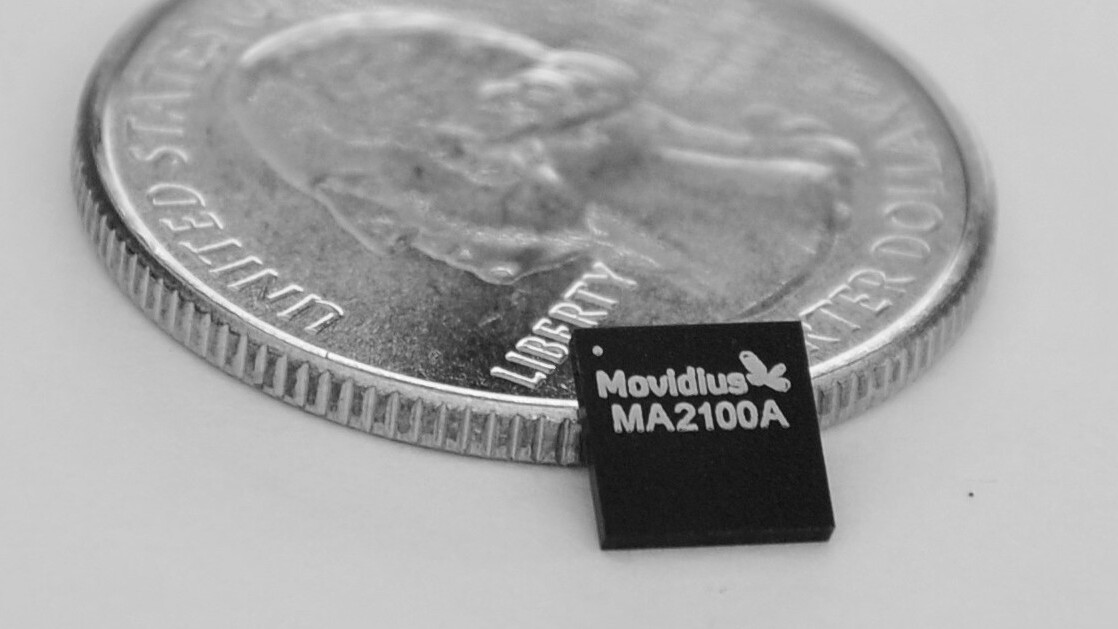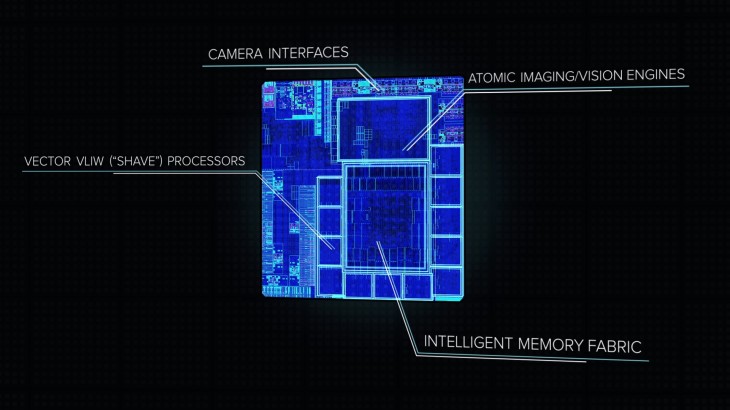
When Google first announced its Project Tango initiative for 3D-sensing smartphones and tablets, one of the key components was Movidius’ Myriad 1 vision processing chip. Building on its accomplishments, Movidius today announced a next-generation Myriad 2 chip that offers as much as a 20x boost in efficiency over its predecessor.
The company claims to have spent eight years and $60 million developing its technology. Movidius CEO Remi El-Ouazzane said in an interview that Myriad 2 has been specially tuned for power management, delivering “teraflops of performance in less than half a watt.” It will be produced on a 28-nanometer process with 12 “vision-specific vector processors.”

“We can safely say there is a computational revolution coming to your camera near you and it’s starting next year, and it’s going to be a fantastic year,” El-Ouazzane said.
Potential uses for Myriad 2 include improvements to mobile camera technology, augmented reality, 3D scanning, indoor positioning and object recognition.
El-Ouazzane claims that Myriad 2 can help smartphone cameras achieve SLR-level performance for functions like zoom, low-light performance and auto-focus. For example, some partners are testing Myriad 2 by combining infrared sensors with cameras in order to improve image quality.
Movidius also envisions Myriad 2 finding its way into new product categories made possible by the chip’s tiny footprint and low power consumption. It’s small enough that it could power wearable cameras the size of a button. Myriad could also find its way into robots, boosting their computer vision capabilities.
Currently, Movidius has 20-30 partners building products with Myriad 2. The first devices with the chip are expected to launch in the next 12 months. El-Ouazzane declined to comment on whether Google will add Myriad 2 to Project Tango.
Get the TNW newsletter
Get the most important tech news in your inbox each week.





